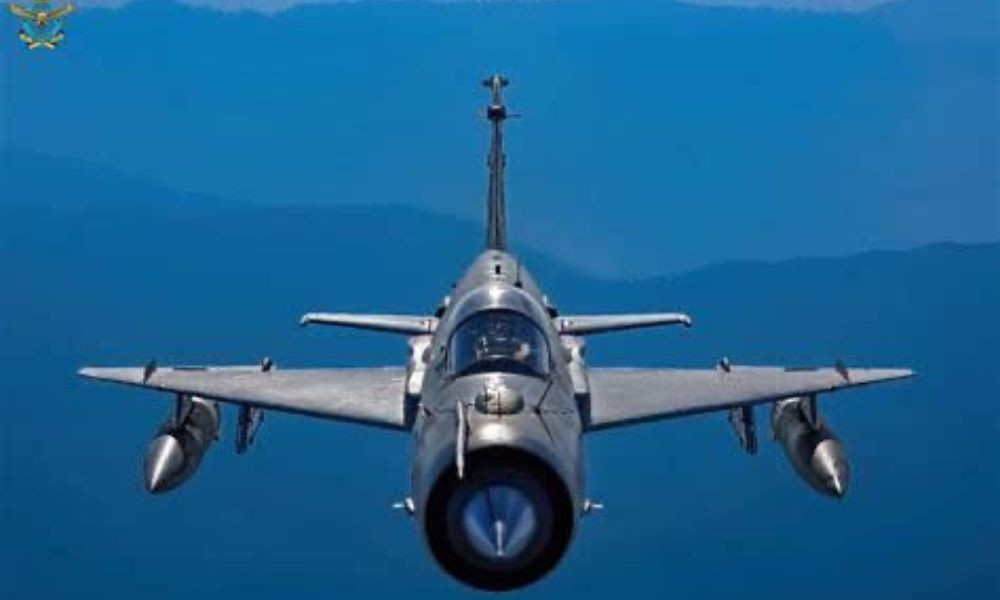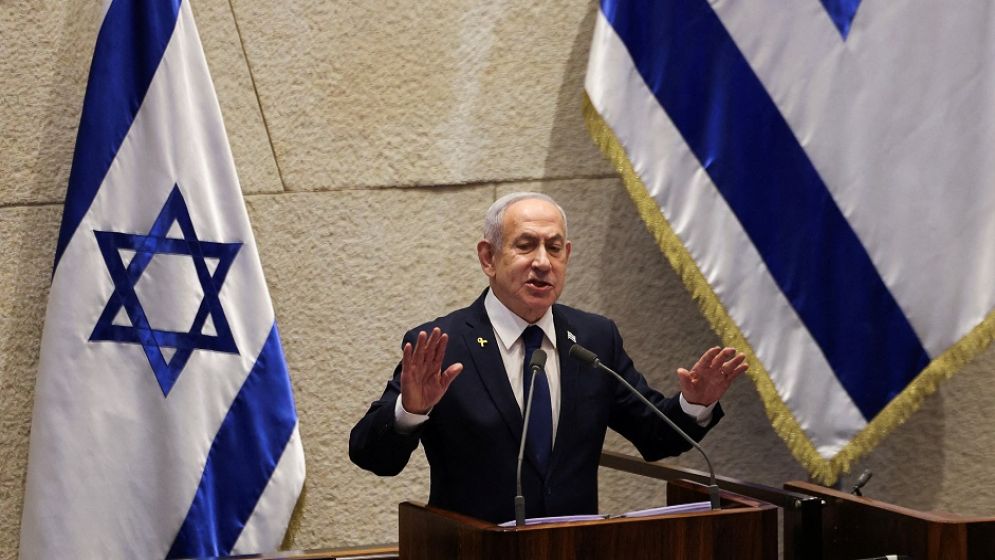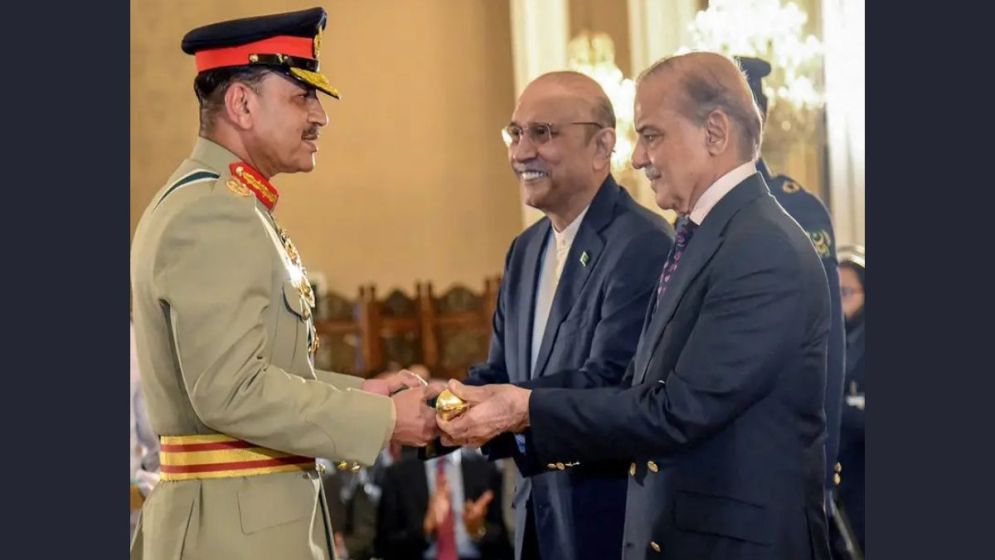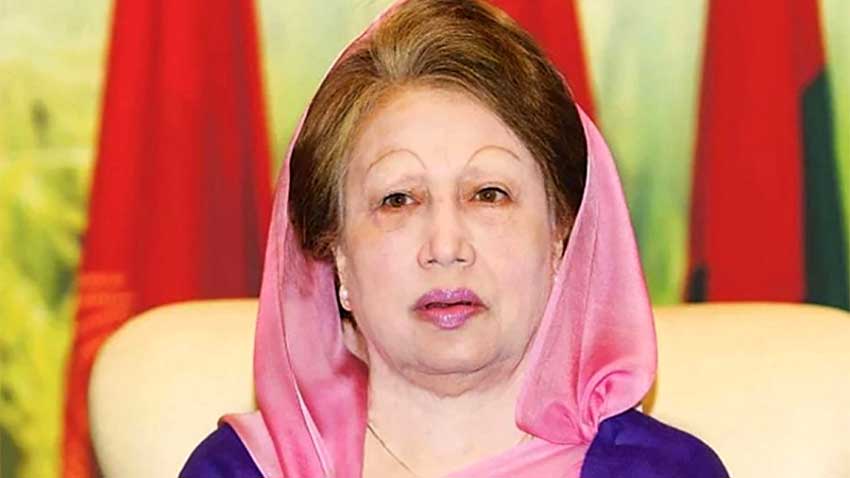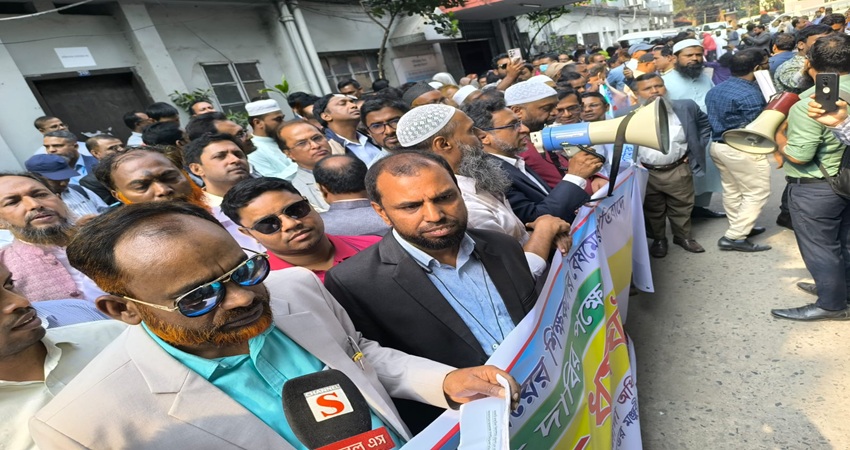As our neighbouring country bids adieu to the MiG 21 ‘Fishbed’, once the workhorse of its air force, it is not only a nostalgic moment for its people, but also, in a way, for us Bangladeshis. This is especially true for those who take an interest in contemporary military history and the Liberation War of 1971.
The MiG 21 did more than simply play an active part in the 1971 War of Liberation, it played a defining role. Its accurate and relentless bombing of East Pakistani airfields, particularly around Dhaka, helped disable those airfields and secure air superiority in the early days. The MiG 21 was the Indian Air Force’s knight in shining armour.
 First inducted in 1963, the MiG 21 propelled the IAF into the supersonic age. Built by the Soviet Union as a single engine, air defence interceptor, it was lightweight, had short stubby delta wings, and a long fuselage, leaving relatively little space for the pilot. It was designed during the Cold War to zoom up to 50,000 feet and intercept heavy bombers entering Soviet airspace. But over its service life, the MiG 21 did almost everything else it was asked to do: ground attack, dogfights, electronic warfare, you name it. Over fifty countries operated variants of the MiG 21, making it the most widely produced Russian jet ever. India operated over 700 of them, making it the largest single user. The last variant, the MiG 21 Bison, is being retired at the end of September 2025.
First inducted in 1963, the MiG 21 propelled the IAF into the supersonic age. Built by the Soviet Union as a single engine, air defence interceptor, it was lightweight, had short stubby delta wings, and a long fuselage, leaving relatively little space for the pilot. It was designed during the Cold War to zoom up to 50,000 feet and intercept heavy bombers entering Soviet airspace. But over its service life, the MiG 21 did almost everything else it was asked to do: ground attack, dogfights, electronic warfare, you name it. Over fifty countries operated variants of the MiG 21, making it the most widely produced Russian jet ever. India operated over 700 of them, making it the largest single user. The last variant, the MiG 21 Bison, is being retired at the end of September 2025.
In the 1971 War of Liberation, the MiG 21 rose to prominence. MiG 21s struck Kurmitola and Tejgaon airfields using M 62 penetration bombs. These strikes incapacitated East Pakistani airfields in just the first three days, allowing the IAF to achieve air superiority in the eastern theatre.
But perhaps the most defining moment came on 14 December 1971, when MiG 21s attacked the Government House (then called the Governor’s House) in Dhaka. Based on intelligence that the governor had convened an emergency meeting of the war cabinet, pilots from No. 28 Squadron, led by Wing Commander B. K. Bishnoi, undertook dive rocket attacks using 57 mm rockets.
They flew with only tourist maps of Dhaka. The attack was filmed by Western journalists based in the Intercontinental Hotel in Dhaka. A BBC journalist reported that the governor was “visibly shaken” by the attack. The governor, Malik, resigned shortly afterwards. On 16 December 1971, all East Pakistani forces, led by Lt. General A. A. K. Niazi, surrendered. When asked during the surrender ceremony why he surrendered even though he still had many troops, he reportedly pointed to the wings of an IAF pilot and said, “Because of you, the Indian Air Force.”
During the war, while Mukti Bahini fought on the ground, a group of eight volunteer pilots formed the Kilo Flight, based out of Dimapur. They carried out many successful air operations during the war and afterwards that formation evolved into what is now the Bangladesh Air Force.
As India retires the iconic MiG 21, an aircraft that earned both praise and criticism over its long life, it deserves respect not just from its own people but from all who remember the struggle of 1971. Today, we salute the MiG 21 and the brave pilots who flew it over our land in 1971.
First inducted in 1963, the MiG 21 propelled the IAF into the supersonic age. Built by the Soviet Union as a single engine, air defence interceptor, it was lightweight, had short stubby delta wings, and a long fuselage, leaving relatively little space for the pilot. It was designed during the Cold War to zoom up to 50,000 feet and intercept heavy bombers entering Soviet airspace. But over its service life, the MiG 21 did almost everything else it was asked to do: ground attack, dogfights, electronic warfare, you name it. Over fifty countries operated variants of the MiG 21, making it the most widely produced Russian jet ever. India operated over 700 of them, making it the largest single user. The last variant, the MiG 21 Bison, is being retired at the end of September 2025.


 Reporter Name
Reporter Name 